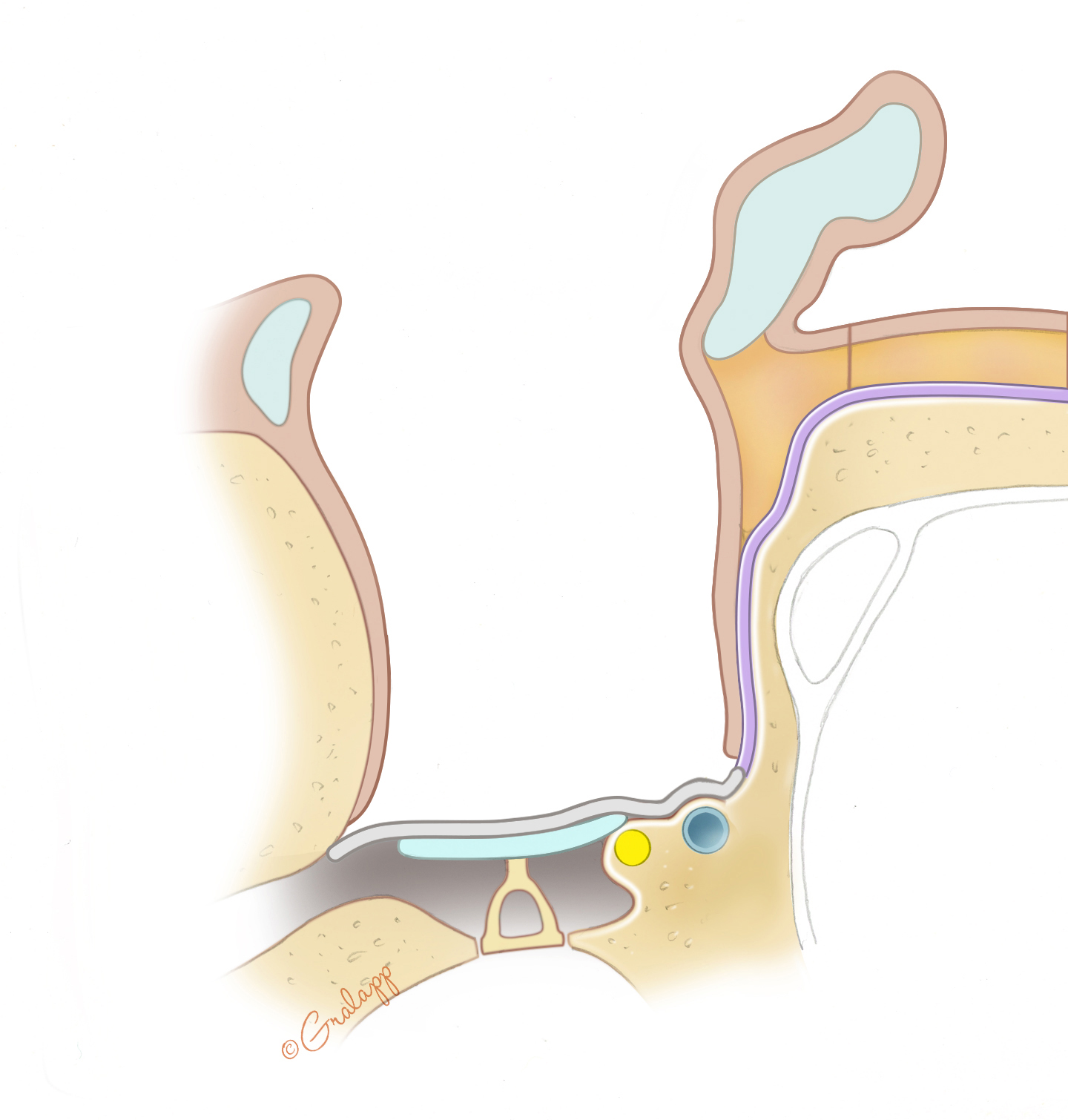
Duplication for commercial use must be authorized in writing by ADAM Health Solutions. Links to other sites are provided for information only - they do not constitute endorsements of those other sites. A licensed physician should be consulted for diagnosis and treatment of any and all medical conditions. The information provided herein should not be used during any medical emergency or for the diagnosis or treatment of any medical condition. The presence of a large mastoid cavity has, however, been associated with frequent debris accumulation and discharge, vertigo induced by sudden temperature changes in the EAC and difficulty in hearing aid fitting 1, 2 therefore, a modification of the standard technique by the introduction of mastoid obliteration has been proposed to overcome. This site complies with the HONcode standard for trustworthy health information: verify here. Learn more about A.D.A.M.'s editorial policy editorial process and privacy policy. is among the first to achieve this important distinction for online health information and services. follows rigorous standards of quality and accountability. is accredited by URAC, for Health Content Provider (URAC's accreditation program is an independent audit to verify that A.D.A.M. Surgical techniques that include sterile harvest of the cranial bone graft mixed with antibiotic, revision of the cavity to expose viable native bone, inclusion of the epitympanic spaces in. doi: 10.1016/j.otc.2006.08.007.A.D.A.M., Inc. Mastoid obliteration with autogenous cranial bone is a safe and extremely effective option for treatment of problematic canal wall-down mastoid cavities.
#Mastoid obliteration skin
The principle of using a material remains being cautious of not reimplanting skin that can lead to the development of a cholesteatoma. The trend over the last decade favours the use of autologous materials. Each material has its strengths and limitations. Effects of cavity reconstruction on morbidity and quality of life after canal wall down tympanomastoidectomy. Current evidence on materials for mastoid obliteration has been evolving. Uluyol S, Ugur O, Arslan IB, Yagiz O, Gumussoy M, Cukurova I. A retrospective analysis and comparison of the STAM and STAMCO classification and EAONO/JOS cholesteatoma staging system in predicting surgical treatment outcomes of middle ear cholesteatoma. Van der Toom H, van der Schroeff MP, Janssen J, Westzaan AM, Pauw RJ. Surgical technique and recurrence in cholesteatoma: a meta-analysis. Tomlin J, Chang D, McCutcheon B, Harris J. In the obliteration group, a dry ear was achieved in 96.4 as this was 73.9 in. Single-stage mastoid obliteration in cholesteatoma surgery and recurrent and residual disease rates: a systematic review. Conclusion: We show that in our study population revision CWD surgery with mastoid obliteration and posterior canal wall reconstruction is superior to revision CWD surgery without mastoid obliteration in the management of chronically discharging mastoid cavities. Van der Toom HFE, van der Schroeff MP, Pauw RJ. We found no differences in audiological outcome and in incidence of complications between the two techniques.Ĭholesteatoma Mastoid bowl Mastoid cavity Obliteration Otitis Revision. This international event intended for professionals in the field of otology will give you. In the obliteration group, a dry ear was achieved in 96.4% as this was 73.9% in the non-obliteration group. Jasper Quak warmly welcome you to join us on Novemin Utrecht (the Netherlands) for the 8th Diakonessenhuis Mastoid Obliteration Live Surgery Course. We show that in our study population revision CWD surgery with mastoid obliteration and posterior canal wall reconstruction is superior to revision CWD surgery without mastoid obliteration in the management of chronically discharging mastoid cavities. There were no differences in audiological outcome and incidence of complications between the two techniques. The dry ear rate at the most recent outpatient clinic visit (median 28.0 months postoperative) was significantly higher in the obliteration group with 96.4% compared to 73.9% for the non-obliteration group (p =. Primary outcome measures included the dry ear rate, complications and postoperative hearing.ħ9 ears were included 56 ears received revision CWD with mastoid obliteration and posterior canal wall reconstruction and 23 ears received CWD without mastoid obliteration.


All adult patients (≥ 18 years) who underwent revision surgery for chronically draining mastoid cavities between January 2013 and January 2020 were included. To evaluate the surgical results of revision canal wall down (CWD) surgery for chronically discharging mastoid cavities and to compare the non-obliteration approach to mastoid obliteration with canal wall reconstruction.


 0 kommentar(er)
0 kommentar(er)
